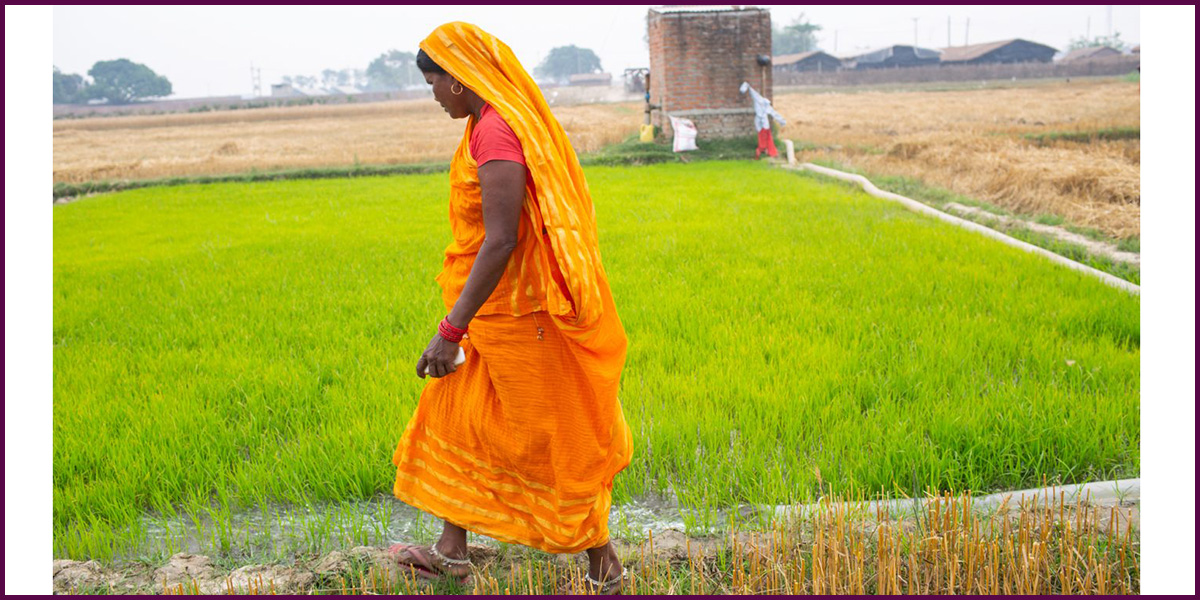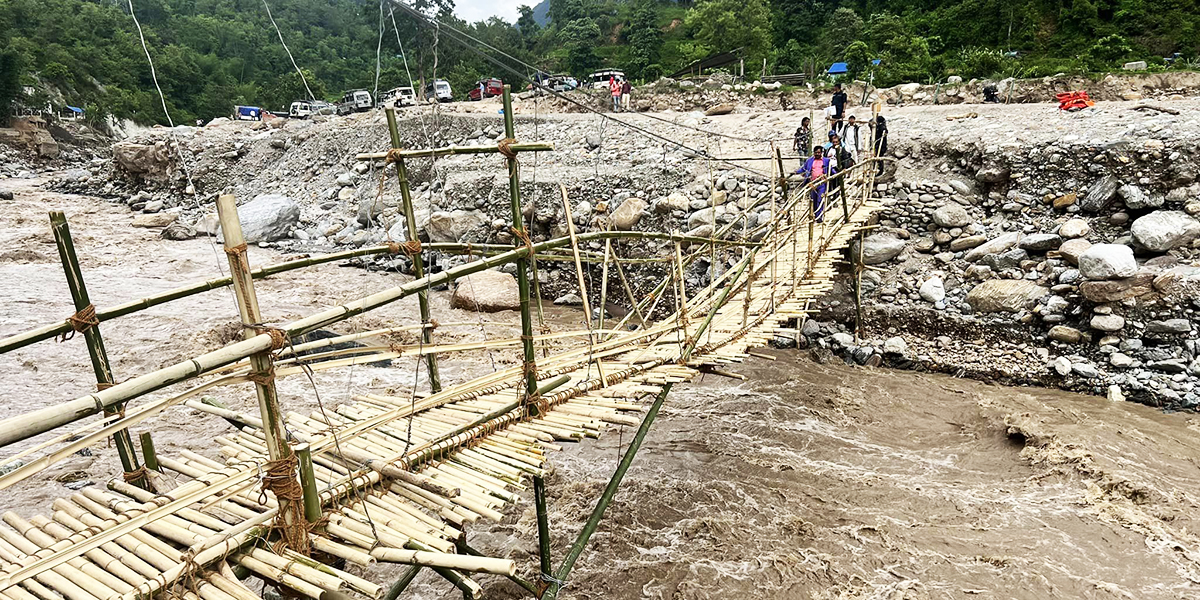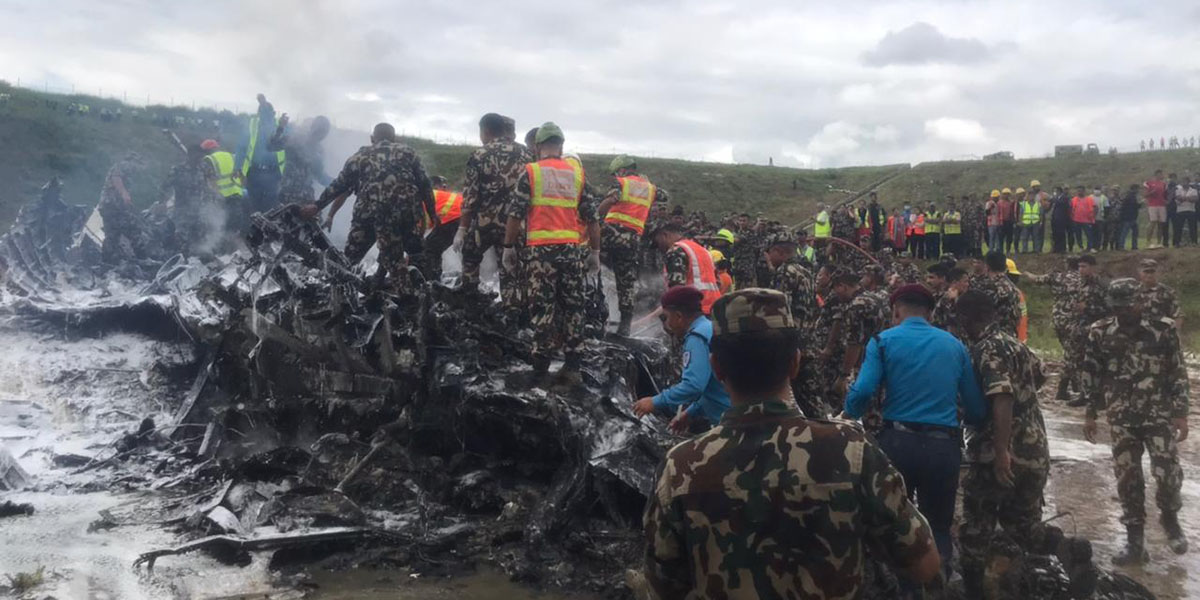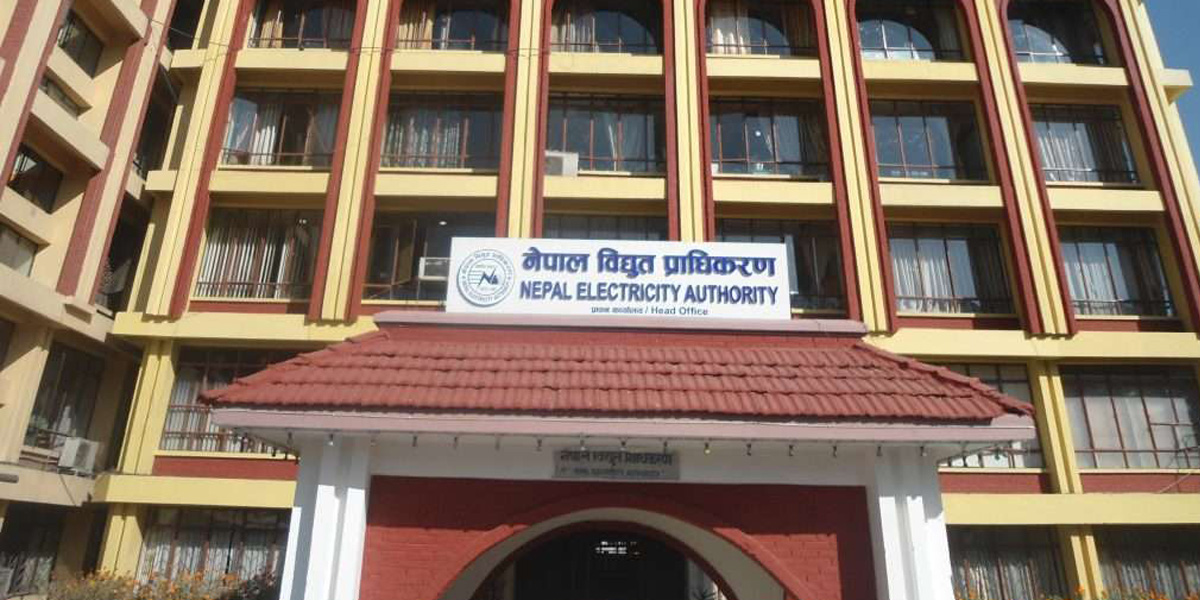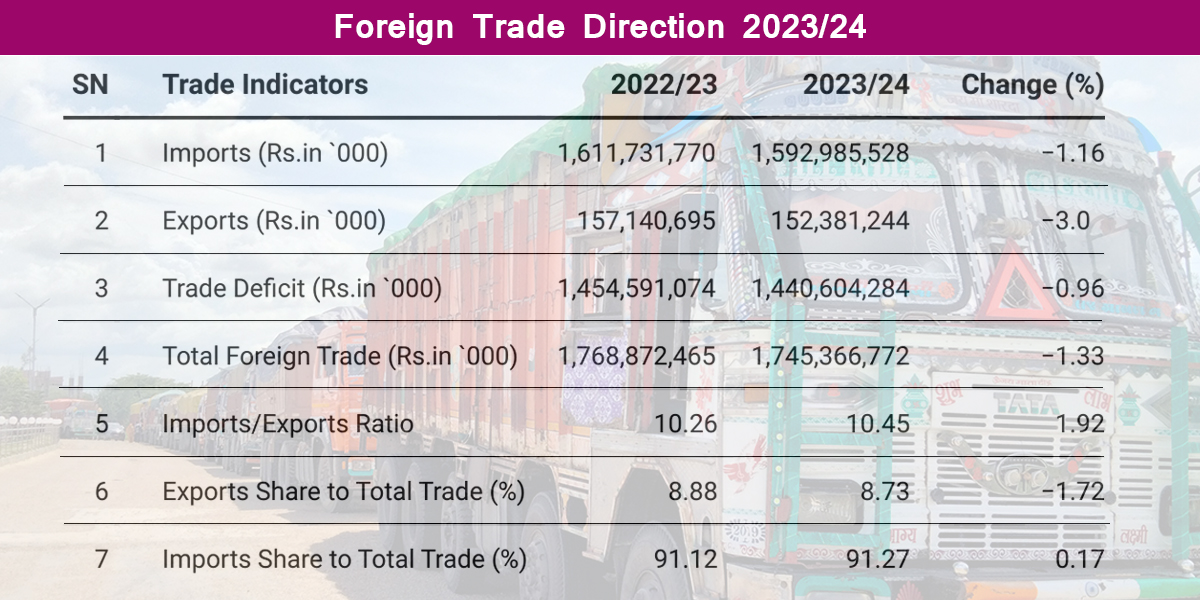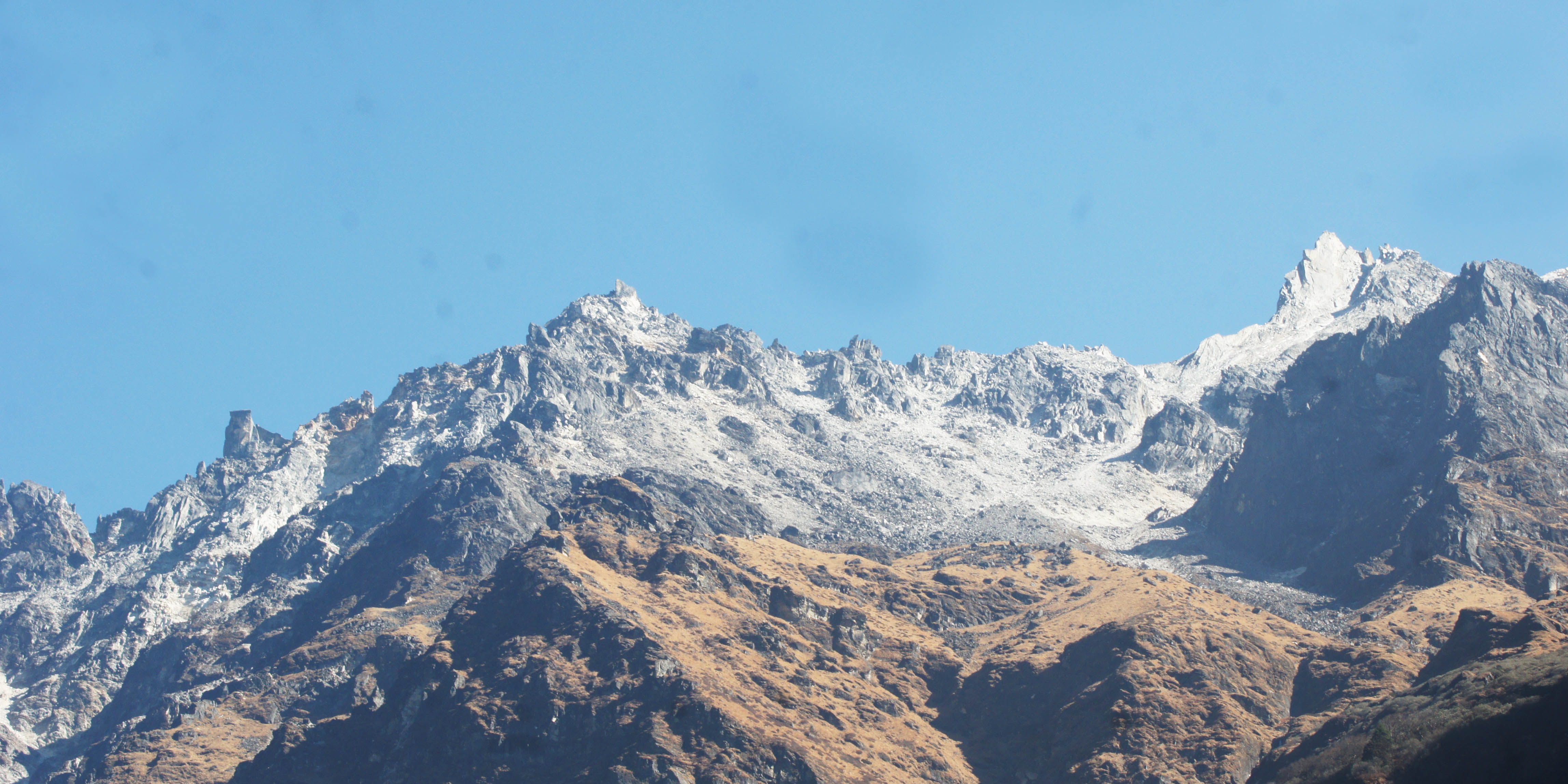 Mt Kanchanjunga, the third highest mountain in the world. (File Photo/RSS)
Mt Kanchanjunga, the third highest mountain in the world. (File Photo/RSS)
ITAHARI: In previous years, high Himalayan areas of Koshi Province used to start receiving snowfall in October. However, this year, snowfall in these regions was notably absent until the last week of January when a few areas received a light dusting. Even in Solukhumbu, home to the Everest region, locals say they are seeing problems in farming due to the lack of snow.
The weather station at the Everest base camp has documented a rise in the snow line in the Everest region this year. Experts say that the typical snow line ranges between 5,500 and 5,600 meters. However, this year, the snow line in the Khumbu region has been observed at 6,000 meters, according to the weather station.
“Some areas have received snowfall this winter, albeit minimal. Areas that received consistent snowfall in previous years have seen a significant decrease in precipitation,” Mohan Bahadur Chand, an expert on glacial lakes, said. According to Chan, there was sporadic snowfall in the upper Himalayas and high mountains this year, it lacked the depth and elevation typically associated with the season. “Minimal snowfall means a rising snowline in many areas,” he added. “Low snowfall affects both the Himalayan area and the lowlands as it affects water availability.”
Chand explained that the increased drought this year could lead to water shortages. Adequate snowfall replenishes water sources, ensuring a steady flow to the oceans through mountains, hills, and plains. Experts caution that insufficient snowfall could lead to challenges in agriculture, irrigation, and water resources, impacting production across all regions.
“Everything has changed due to climate change. Winter rains are not occurring due to global temperature rise and westerly disturbances,” said climate expert Dr Ngamindra Dahal.
Dahal explained that changes in the atmospheric system responsible for cloud formation and water circulation have led to the absence of snow in the Himalayan regions of Nepal and a decrease in winter rain in the Terai region, while the dry season has prolonged in the mountainous regions.
“Clouds move wherever the wind blows. The wind patterns directing clouds toward Nepal have shifted,” said Dahal. “This shift in rain-bearing clouds is adversely affecting biodiversity.”
He underscored the need to investigate the causes of climate change, attributing greater responsibility to other countries. “If we cannot reverse climate change, we must prepare to mitigate its effects,” Dahal said, warning of potential severe conditions if prolonged periods of rain occur. He also advocated for more efforts for water conservation and adaptation measures.
“As far as Koshi Province is concerned, cold weather in Tarai competed to mountains and the Himalayan regions is also due to climate change,” Dr Dahal added. “All three geographical regions in the province have been affected. Farm productivity in the mid-hills region is decreasing and natural springs are drying up. Mountains are appearing black due to a lack of snowfall.”
Om Thapaliya, Executive Director of Homenet Nepal, said farmers were affected the most by the impacts of climate change. He advocated for solutions to mitigate risks faced by agricultural communities. “We need to bring promotion programs to support farmers professionally and preserve their autonomy in the agricultural sector,” he added. “What would happen if farmers start growing only the quantity needed to feed their family? What would other people eat?”




